Site pages
Current course
Participants
General
Module 1: Formation of Gully and Ravine
Module 2: Hydrological Parameters Related to Soil ...
Module 3: Soil Erosion Processes and Estimation
Module 4: Vegetative and Structural Measures for E...
Keywords
Lesson 22 Soil Erosion Control Measures
22.1 Introduction
Soil erosion takes place both due to natural causes and anthropogenic factors. The adverse effects of uncontrolled soil erosion are loss of valuable top soil lowering crop productivity per unit of land, sedimentation in rivers and irrigation canals drawing water from the rivers reducing their carrying capacity, sedimentation of reservoirs reducing their active life, structural damages to the buildings and formation of gullies and ravines, to name a few important ones. Soil erosion control measures are adopted to reduce or minimize the intensity of the aforesaid adverse effects. Catchment Area Treatment (CAT) is adopted to reduce soil loss from catchments due to runoff flow, after ascertaining erosion severity on sub-watershed basis. CAT comprises mechanical (engineering) and vegetative (afforestation) measures. Mechanical and vegetative practices on agricultural lands are employed on the milder slopes for conservation of soil, by farming across the slope of the land. The basic principle underlying this approach is to cause reduction in the effect of the runoff velocity and, thereby reduce soil erosion. On steeper slopes, mechanical measures (such as terracing) and other structures are constructed to reduce the effect of the slope on runoff velocity. The following types of vegetative and mechanical practices are being used at present:
22.1.1 Vegetative Practices
(i) Contouring
(ii) Strip cropping
(iii) Tillage operations
(iv) Mulching
22.1.2 Mechanical Practices
(i) Terracing
(ii) Bunding
(iii) Grassed waterways and diversions
Vegetative practices are described in this lesson and mechanical practices are described in the subsequent lessons.
22.2 Contouring
Contouring is the practice of cultivation along contours, as illustrated in Fig. 22.1, laid across the prevailing slopes of the land where all farming operations, such as ploughing, sowing, planting, cultivation, etc. are carried out approximately on contours.

Fig. 22.1. Contouring. (Source: http: //www. watershedbmps.com)
The intercultural operations create contour furrows, which along with plant stems act as barriers to the water flowing down the slope. In between two adjacent ridges runoff or irrigation water is detained for a longer period of time, which in turn, increases the opportunity time for the water to infiltrate into the soil and increase the soil moisture. To lay a contour farming system, contour guide lines are laid out first and tillage operations are carried out simultaneously. Experimentally it has been observed (Antal, 1986) that reduction in the intensity of soil erosion, owing to water, by contour ploughing is about 30% of that by ploughing along the slope, and there is increase in moisture content by about 40% and reduction in surface runoff by about 13%. Furrow cultivation on contours has been found to be the most effective soil conservation measure. Contour farming is recommended for lands with the slope range of 2 to 7%.
22.3 Strip Cropping
Strip cropping is the practice of growing strips of crops having poor potential for erosion control, such as root crops (which are intertilled crops), cereals, etc., alternated with strips of crops having good potential for erosion control, such as fodder crops, grasses, etc. which are close growing crops. Strip cropping is a more intensive farming practice than farming only on contours. Close growing crops act as barriers to runoff flow and reduce the runoff velocity generated from the strips of intertilled crops, and eventually reduce soil erosion.
22.3.1 Purpose of Strip Cropping is to:
(a) Reduce soil erosion from water and transport of sediment and other water-borne contaminants
(b) Reduce soil erosion from wind
(c) Protect growing crops from damage by wind-borne soil particles.
22.3.2 Methods of Strip Cropping:
(a) Contour strip cropping
(b) Field strip cropping
(c) Buffer strip cropping
(a) Contour Strip Cropping
In contour strip cropping, alternate strips of crops are sown more or less along the contours, similar to contouring. Suitable rotation of crops and tillage operations are followed during the farming operations. Fig. 22.2 shows contour strip cropping.

Fig. 22.2. Contour strip cropping. (Source: https: //www.weru.ksu.edu)
(b) Field Strip Cropping
In a field layout of strip cropping, as shown in Fig. 22.3, strips of uniform width are laid out across the prevailing slope, while protecting the soil from erosion by water.
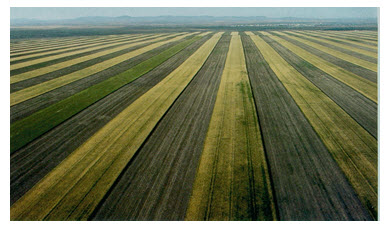
Fig. 22.3. Field strip cropping. (Source: https: //www.weru.ksu.edu )
To protect the soil from erosion by wind, strips are laid out across the prevailing direction of wind. Such practices are generally followed in areas where the topography is irregular, and the contour lines are too curvy for laying the farming plots.
(c) Buffer Strip Cropping
Buffer strip cropping is practiced where uniform strips of crops are required to be laid out for smooth operation of farm machinery, while farming on a contour strip cropping layout. Buffer strips of legumes, grasses and similar other crops are laid out between the contour strips as correction strips, as illustrated in Fig. 22.4. Buffer strips provide very good protection and effective control of soil erosion from strips of intertilled crops.
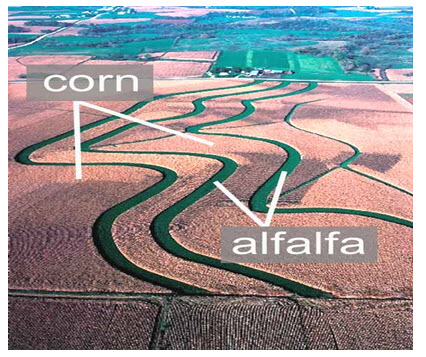
Fig. 22.4. Buffer strip cropping. (Source: https: //www. passel.unl.edu)
22.4 Tillage Operations
Tillage operations carried out for conservation of soil are
(a) Minimum tillage
(b) No tillage
(c) Strip tillage
The special benefit of tillage operations are to:
(1) Increase the soil infiltration capacity
(2) Improve the soil moisture retention capacity
(3) Improve the humus content of soil
(4) Create a rough land surface to protect it against erosion by water or wind.
Minimum Tillage
It is the operation in which tillage and sowing are combined in one operation, as illustrated in Fig. 22.5. Such operations create a coarse soil surface and fine lumps of soil between rows. The loose and porous texture of the soil allows a good infiltration capacity. The surface runoff by this operation is reduced by about 35% and soil erosion by about 40%.
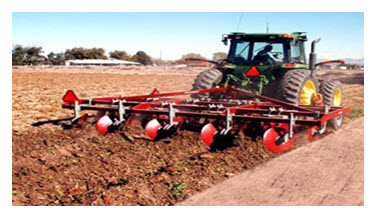 Fig. 22.5. Minimum tillage. (Source: https: //www. dave-koenig.com)
Fig. 22.5. Minimum tillage. (Source: https: //www. dave-koenig.com)
No Tillage
In the no-tillage system of operation, the soil surface is not disturbed much and left more or less intact. The operations performed are under cutting, loosening and drying of the upper soil layer, so that weeds do not grow and stubbles of the previous crop remain as such in the field. When there are no weeds, the under cutting operations are not required, and seeds are sown directly into the soil by special types of seed drills. Incidentally, the shifting (Jhoom) cultivation, as illustrated in Fig. 22.7, prevalent in north-east India, is perhaps the best example of no-tillage traditionally followed since hundreds of years. In jhoom cultivation, a part of a forest land is burnt to clear it and seeds are manually dibbled without any ploghing or major soil disturbance. When the naturally occurring soil nutrients are exhausted, the land is abandoned and a new piece of forest land is selected for burning and subsequent cultivation. However, this method of cultivation has a risk of aggravating soil erosion problem if practiced on hill slopes (which usually is the case).
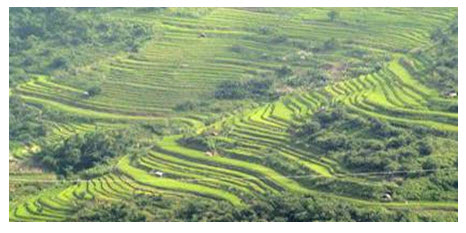
Fig. 22.6. Terrace rice cultivation in Phek district (Jhoom Cultivation).(Source: http://gbpihedenvis.nic.in/html/vol16_2/S.S.%20Rathore.htm)
It is found that reduction in soil erosion up to 70% has been obtained through this method of tillage.
Strip Tillage
This operation is an improvement over the no tillage system. In this type of cultivation, narrow strips of approximately 0.2 m width and 0.1 m depth are generally laid out following the contour, and the land between the strips left uncultivated. These are also called loosening strips. In the constructed narrow strips, there are no stubbles, which help in sowing operations and facilitate better plant growth. Fig. 22.7 and 22.8 shows strip tillage done by tractor drawn implement and animal drawn implement.
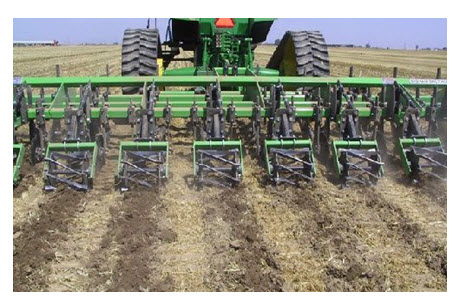
Fig. 22.7. Strip-tillage. (Source: https: //www. bighambrothers.com)
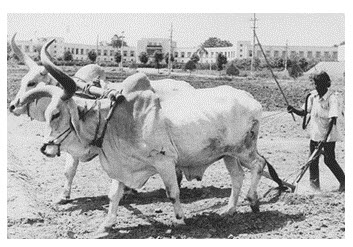
Fig. 22.8. Bullock-drawn shallow chisel desi plough. (Source: http://www.ilo.org/oshenc/images/stories/enlarged/Part10/AGR_imgs/AGR100F1.jpg)
The farm implement normally used for conservation tillage operations are:
(1) V-shaped sweeps
(2) Arrow shaped blades for control of erosion caused by water
(3) Chisel like blades for control of erosion caused by wind
(4) Rod weeders etc.
22.5 Mulching
Mulches (soil covers) are used to minimize rain splash, reduce evaporation, control weeds, reduce temperature of soil in hot climates, and allow temperature which is conducive to microbial activity. A view of munches is shown in Fig. 22.9. Stubbles, trash, other type of vegetation and polythene are some of the most common types of mulches used. These materials are spread over the land surface. Mulches help in reducing the impact energy of rain water, prevent splash and destruction of soil structure, obstruct the flow of runoffs to reduce their velocity and prevent inter-rills erosion, and help in improving the infiltration capacity by maintaining a conductive soil structure at the top surface of the land.
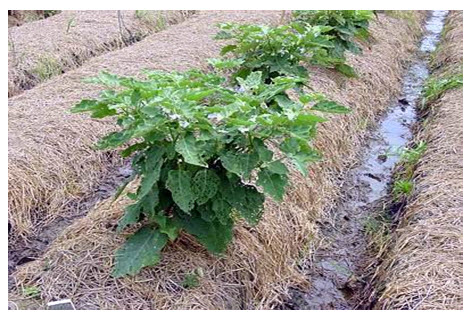
Fig. 22.9. Mulching. (Source: https: //www. thailand.ipm-info.org)